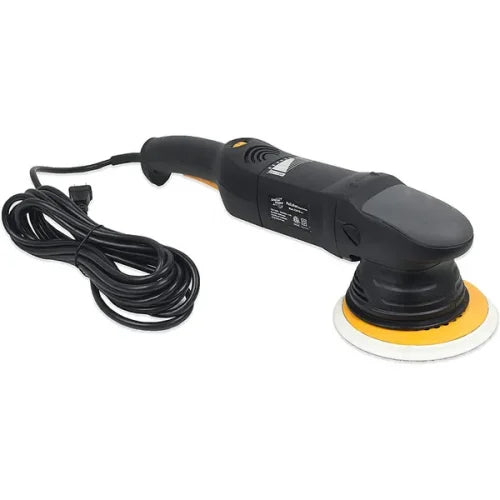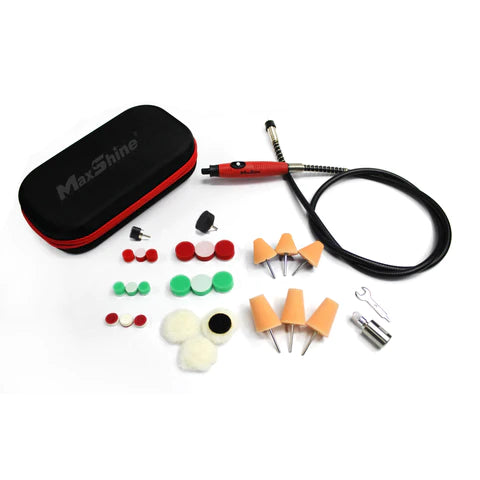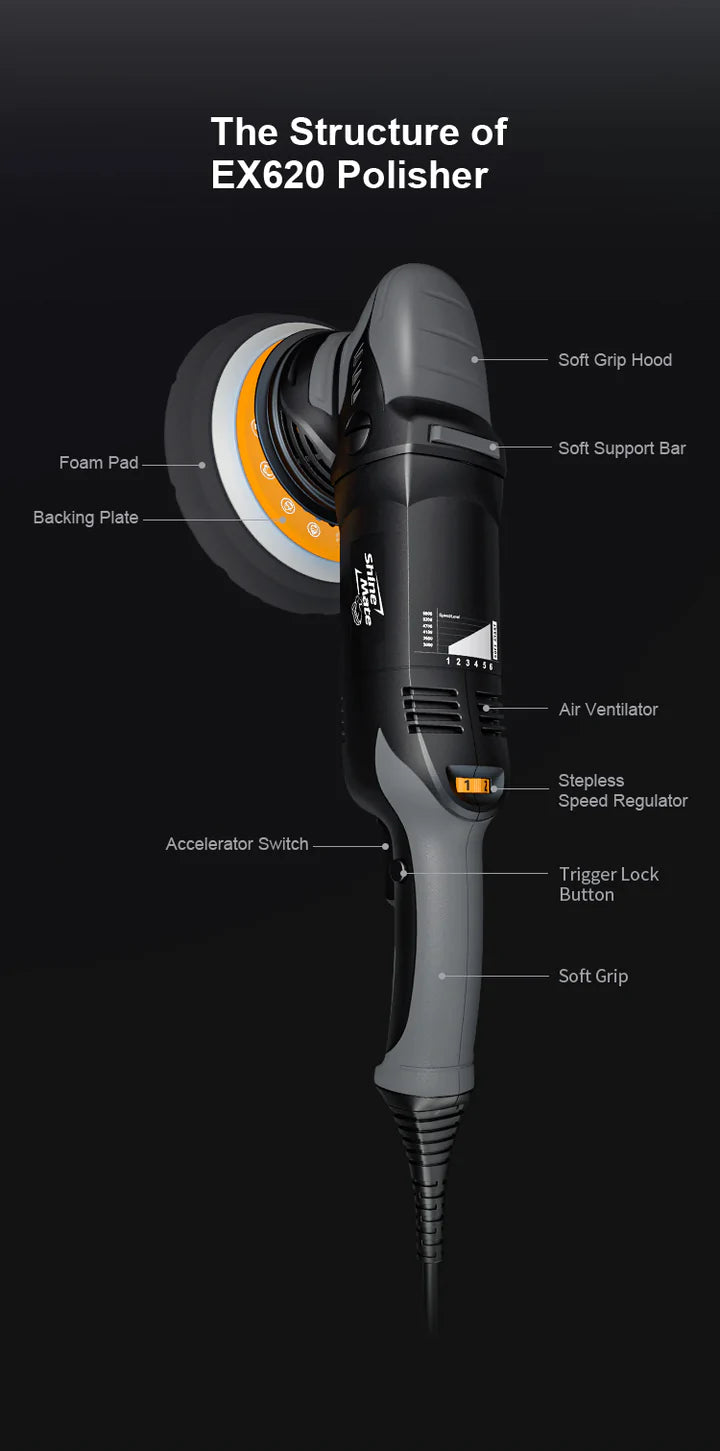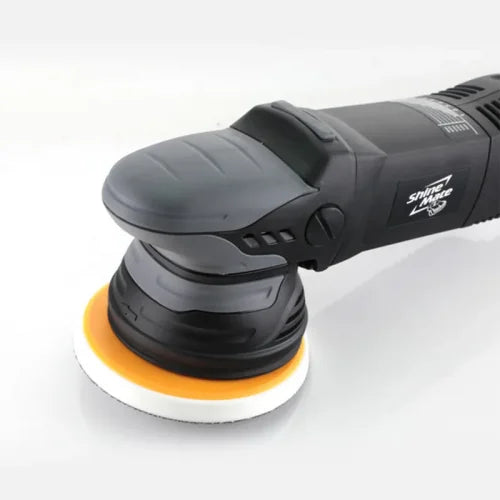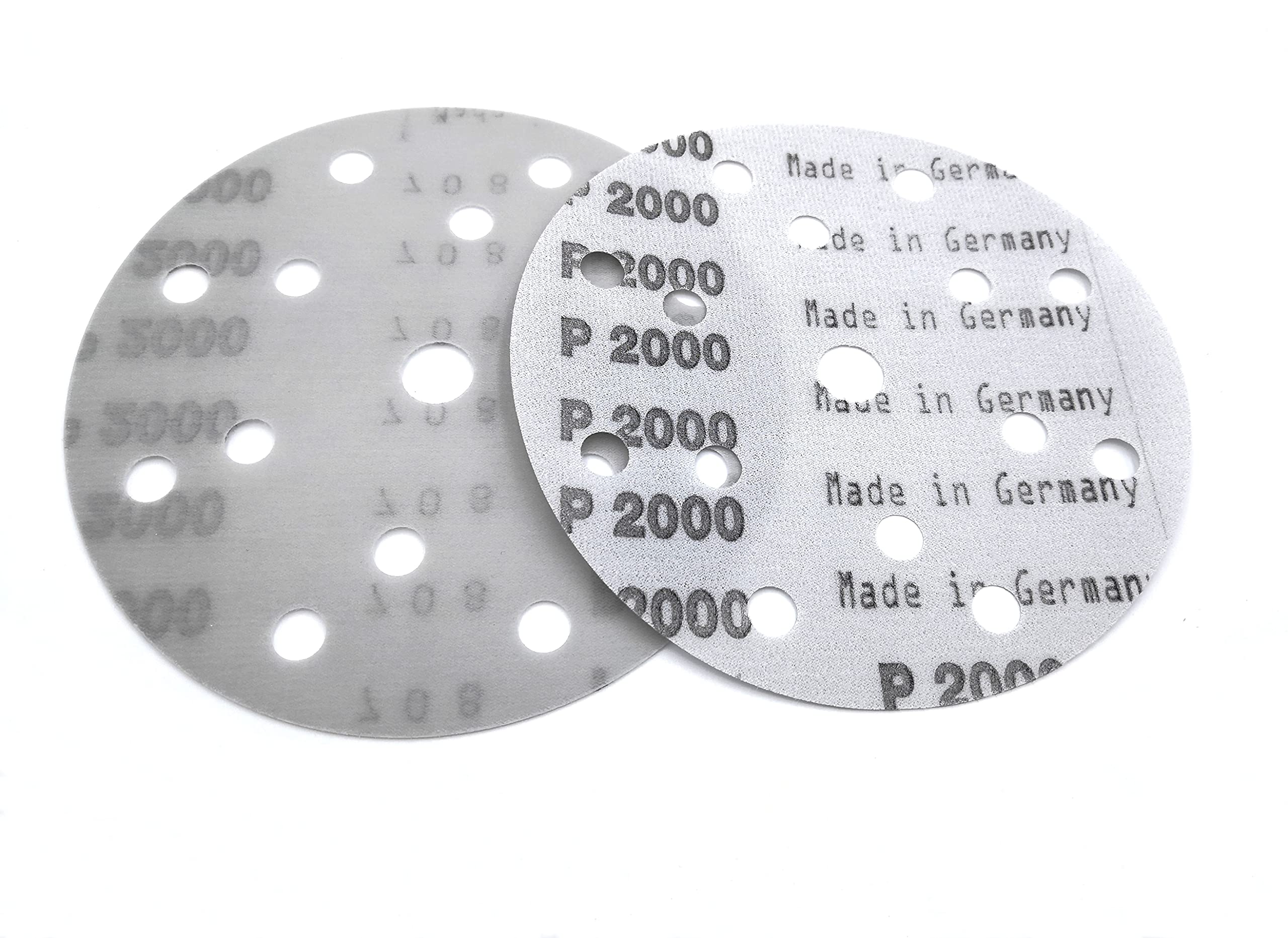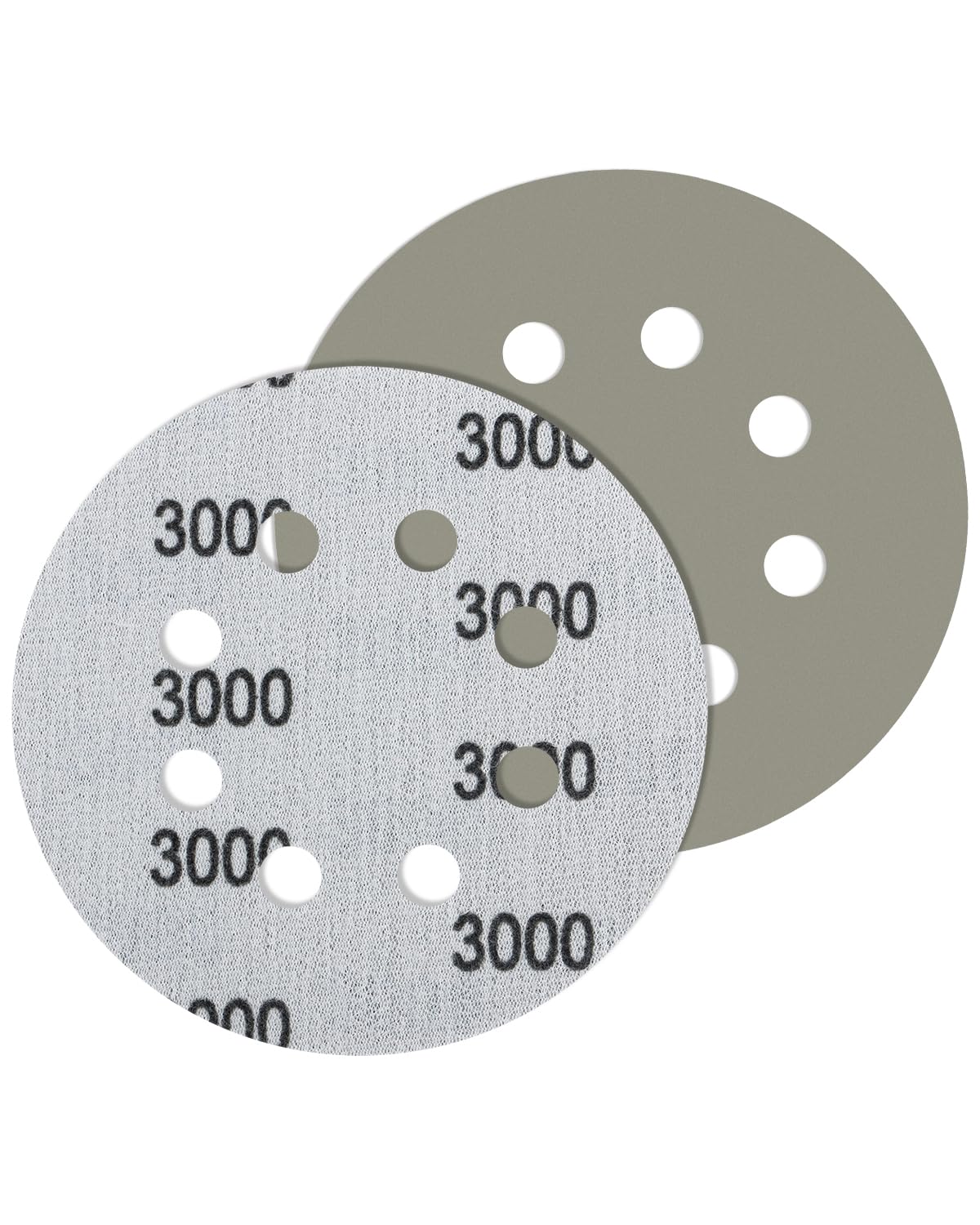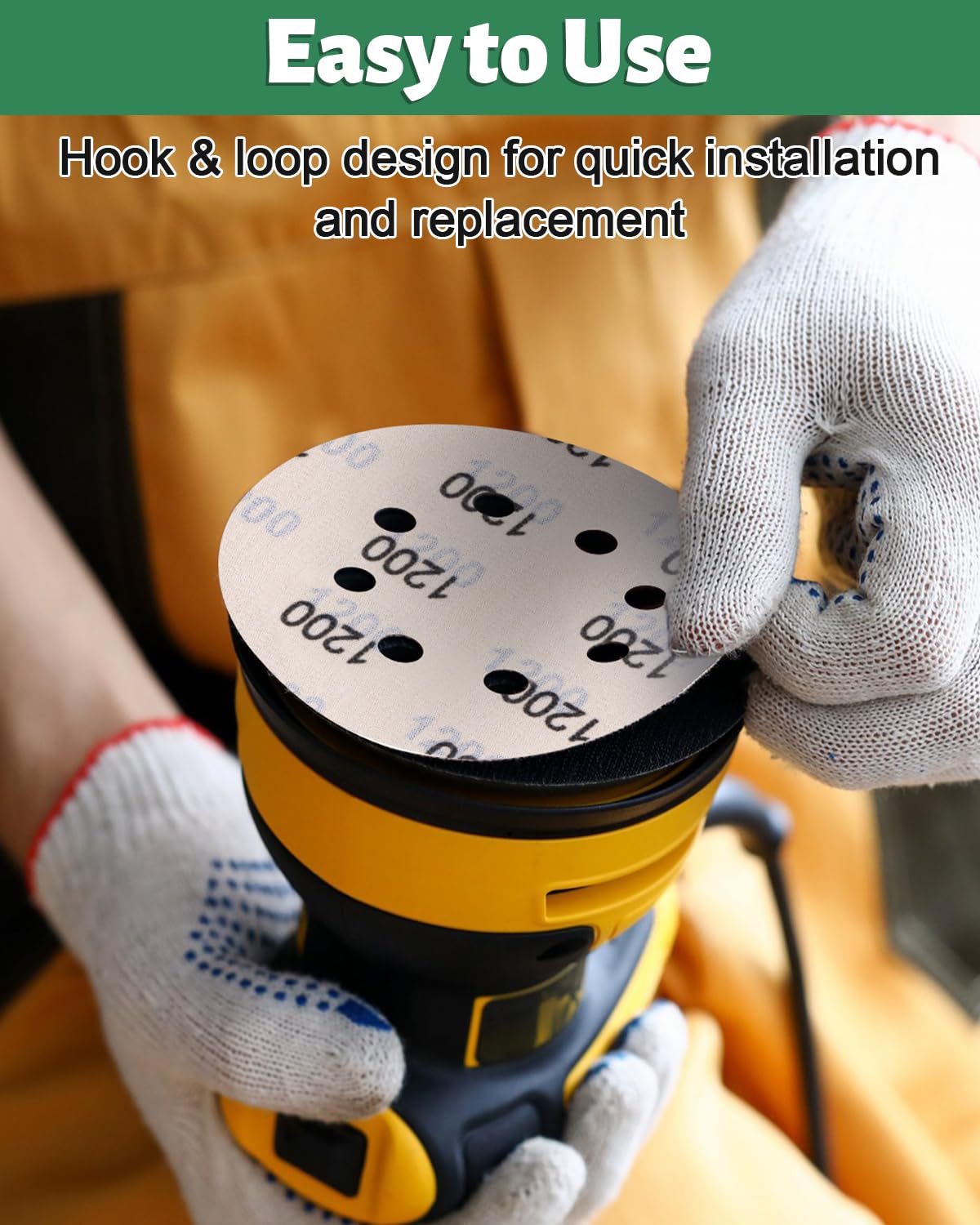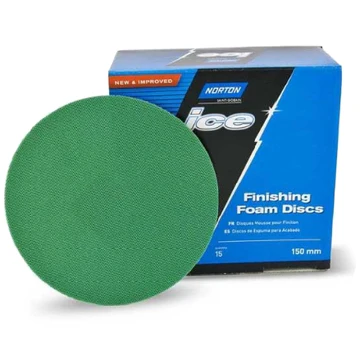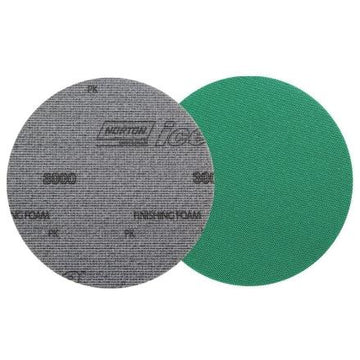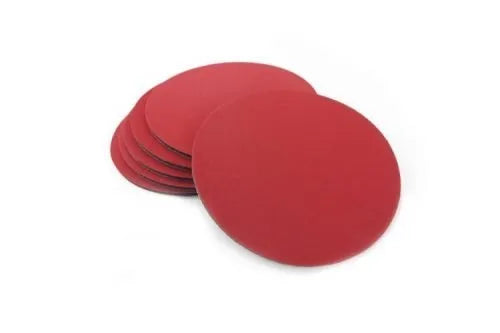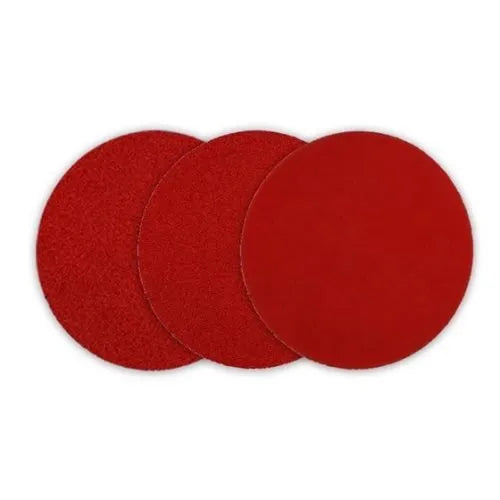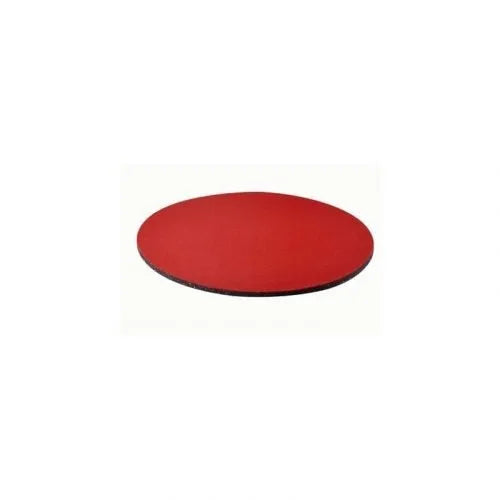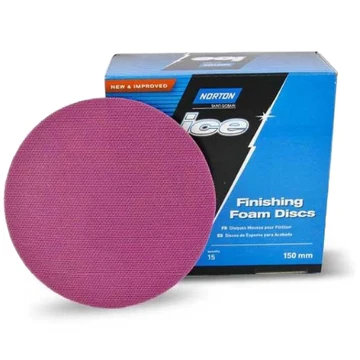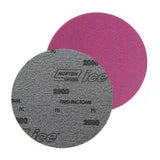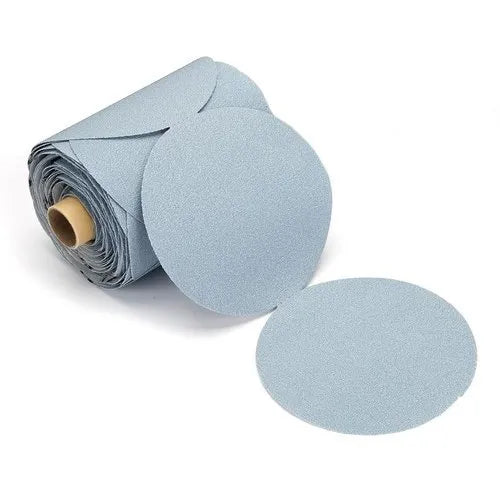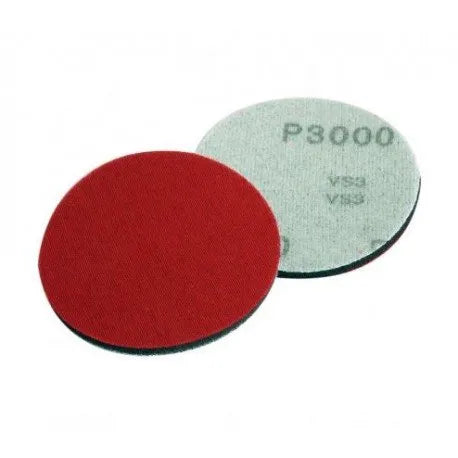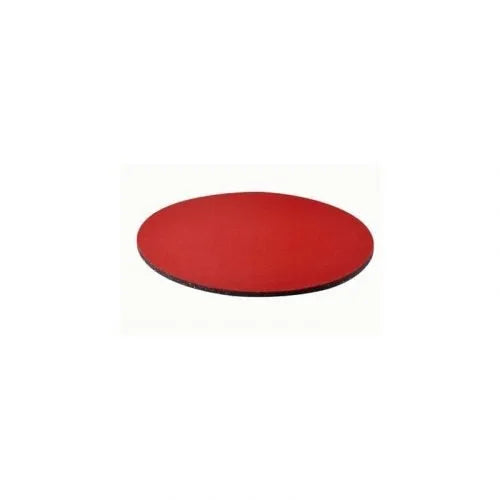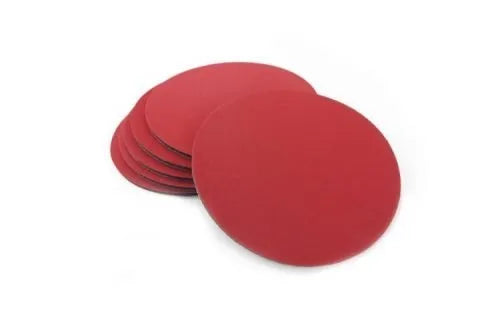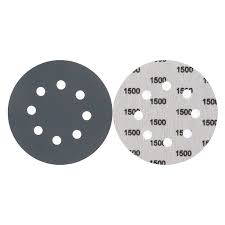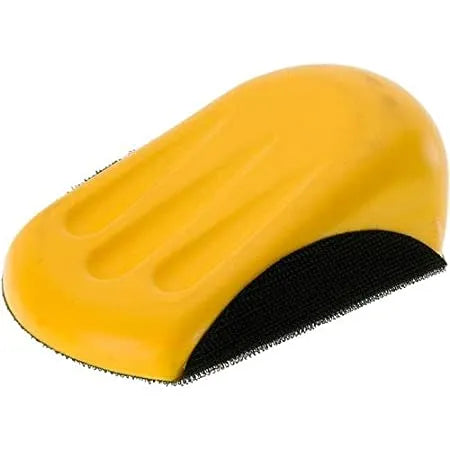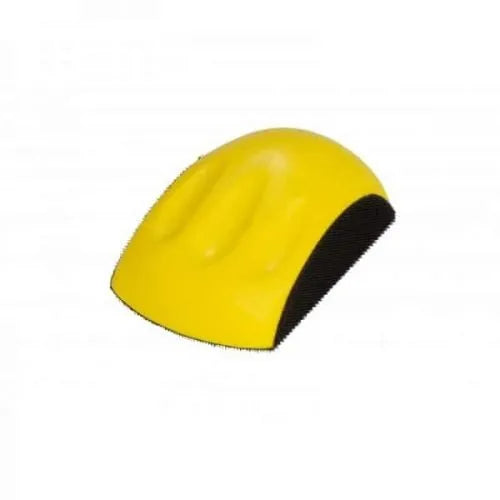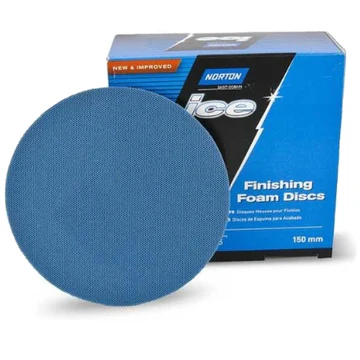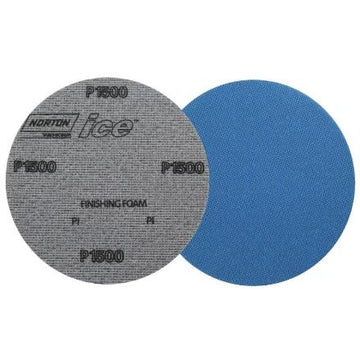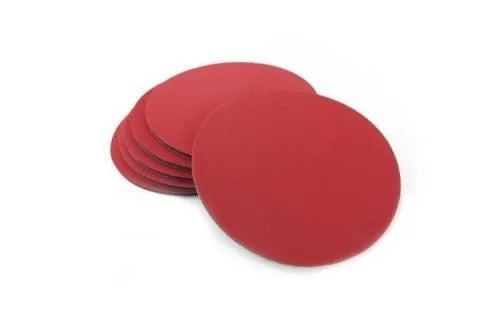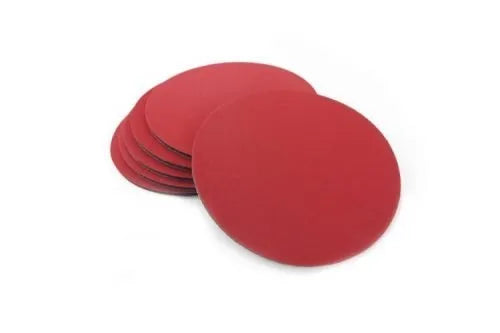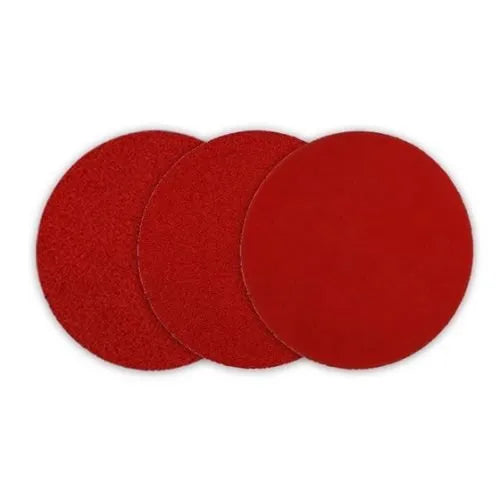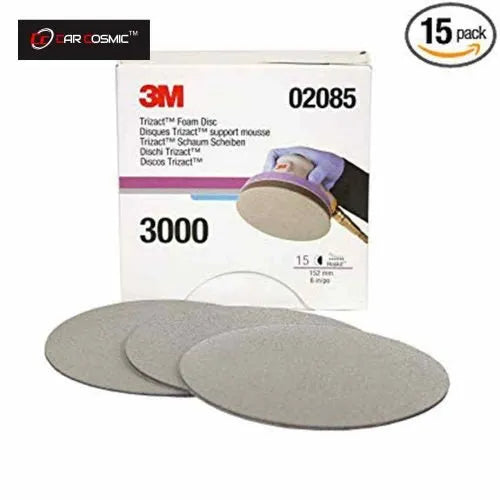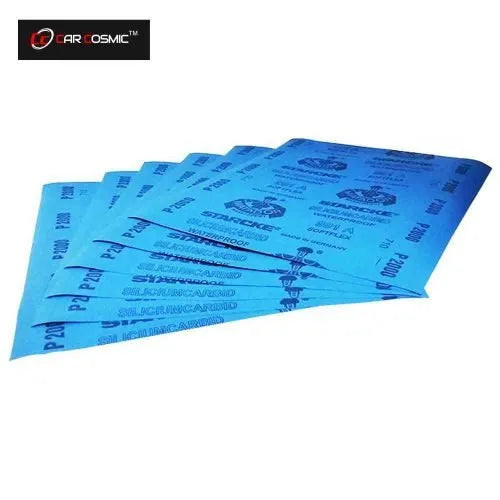Sanding Paper
Filters
Sort Best selling
-
STARCKE Dry Sanding Disc 2000 Grit 6 Inch (Pack Of 20) -
STARCKE Dry Sanding Disc 3000 Grit For Sanding 6 Inch (Pack Of 20) -
Norton Q255 3000 Velcro Disc 6 Inch -
RUPES X-CUT P1500 FOAM ABRASIVE DISC Ø 75MM SET OF 10 -
Norton Q255 2000 Velcro Disc 6 Inch -
Norton Q255 2000 Velcro Disc 6 Inch (pack of 15) -
Starcke Sanding Disc 6 inch 1500 grit, 2000 grit & 3000grit (set of 30) -
RUPES X-CUT P3000 FOAM ABRASIVE DISC Ø 75MM PACK OF 20 -
STARCKE Dry Sanding Disc 1500 Grit 6 Inch (Pack Of 20) -
Shinemate Hand sanding block in mouse shape (yellow balck) -
Norton Q255 1500 Velcro Disc 6 Inch -
Norton Q255 1500 Velcro Disc 6 Inch (pack of 15) -
RUPES X-CUT P3000 FOAM ABRASIVE DISC Ø 125 MM SET OF 10 PCS -
RUPES (9.45400) X-CUT P1500 FOAM ABRASIVE DISC Ø 125 MM SET OF 10 PCS. -
3M Trizact 6" P3000 Grit Foam Disc (pack of 15) -
Matador Wet Sanding Paper 2000 Grit (Pack of 5) -
Starcke Velcro Sanding Disc with Foam – 6 Inch Hook & Loop | Grit 3000 | (Pack of 10) -
Starcke Velcro Sanding Disc with Foam – 6 Inch Hook & Loop | Grit 2000 | (Pack of 10) -
Starcke Velcro Sanding Disc with Foam – 6 Inch Hook & Loop | Grit 1500 | (Pack of 10) -
CarPro Sanding Disc Wet & Dry P1500 160mm 6" Pack of 10 -
CarPro Sanding Disc Wet & Dry P2000 160mm 6" Pack of 10 -
CarPro Sanding Disc Wet & Dry P3000 160mm 6" Pack of 10 -
CarPro Sanding Disc Wet & Dry P1500 130mm 5" Pack of 10 -
CarPro Sanding Disc Wet & Dry P2000 130mm 5" Pack of 10
We all love it when our cars are clean and shiny. If you don't follow the instructions, you could damage your car. A motor vehicle may be damaged by a variety factors, including collisions, windblown shopping trolleys, and bad weather. The right sandpaper is essential to achieve superior results, whether the result is a large dent or a few tiny scratches. Wet sanding can add shine and a glossy finish to your car.
What is wet sanding a car?
Wet sanding can be used to remove paint flaws and restore the gloss of your car. Wet sanding is a great way to remove the orange peel appearance on a brand new car. Wet sanding won't remove deep marks. It can only repair scratches on your car's clear finish and top layer of paint. CarCosmic also offers auto detailing services.
Sandpaper grit refers to the number of abrasive grains per square inch. The lower the number the less abrasives are present, which results in coarser sandpaper. The higher the number the more abrasives present, making the sandpaper softer. Want your car to appear brand new? You can do it by cleaning the interior of your car. You can use ceramic coating for the exterior of your car.
HOW SHOULD YOU APPLY GRIT?
The first step is selecting the right grit. The grit numbers can range from 40 to 4000 or higher. The lower the number, the rougher the sandpaper. The first rule of car body repairs is to use as little sandpaper as possible. You don't want to cause damage by causing deep scratches that will require more work to remove. Check your da backing plate along with the car detailing.
40 to 80 Grit - Because this sandpaper grit is coarse and can leave noticeable marks, it is not suggested for tiny clear coat scratches or other comparable applications. It is instead advised for any hard sanding required prior to body work, as well as shaping body filler.
120 to 180 Grit - Use this grit range to smooth off scratches, feather the edges of body filler, sand spot putty, and remove light rust.
320 to 400 grit - This grit range is substantially finer than the ones discussed previously. It may be used for pre-primer sanding, rough primer sanding, spot putty fine sanding, and final body filler sanding. It is also advised to use a sanding block.
600 to 800 Grit - This grit range of sandpaper is ideal for sanding surface defects in priming prior to painting. It is advisable to begin with the lowest grit and work your way up to the highest grit.
1000 to 1200 Grit - This grit range is useful for removing base coat flaws. For optimal results, employ the wet sanding technique.
1500 to 2000 Grit - Use this grit range to smooth out surface defects and scratches before and after applying the clear coat. This will also need the use of wet sanding to avoid clogging the sandpaper.
